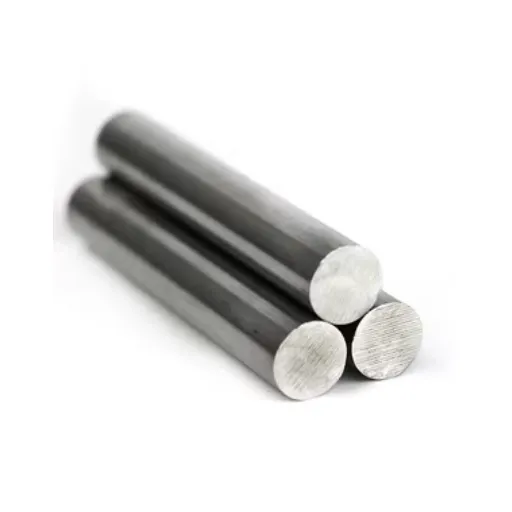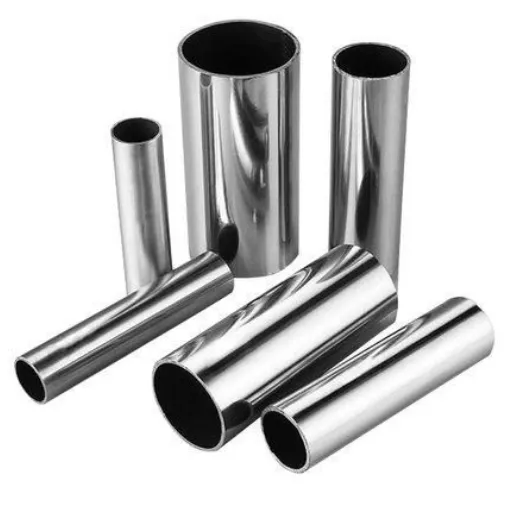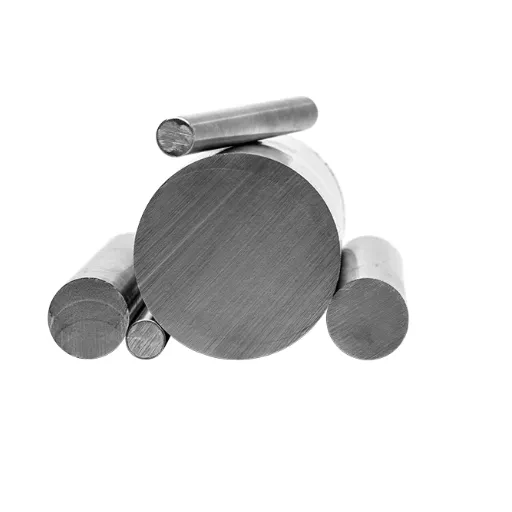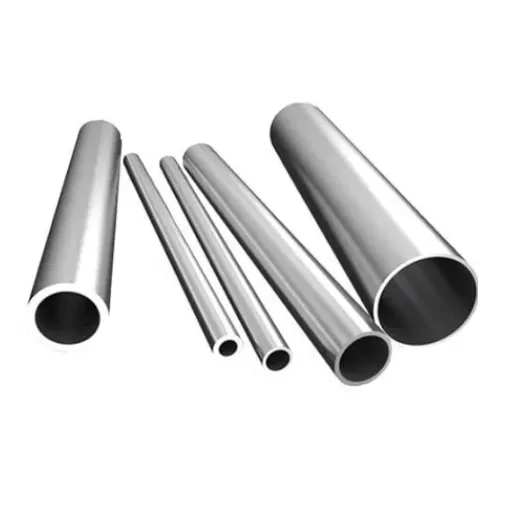Stainless steel comes in various compositions, each meeting different purposes of culinary and ornamental accessories as it is strong, non-rustic, and looks very attractive. However, there are different types of stainless steel, and one of the main components that affects the nature of stainless steel is nickel. For people who are allergic or tend to inquire into how they make/consume things, understanding why stainless is made with Nickel in the first place is very important. This paper discusses the presence or the absence of nickel in stainless steel and its relevance to some specific grades today, as well as the effects of this structural addition on the quality, security, or even attractiveness of every regular stainless steel cookware or jewelry. In doing so, we explore the implications of this crucial compound in daily commodities and its function.
What is Stainless Steel and How is it Classified?
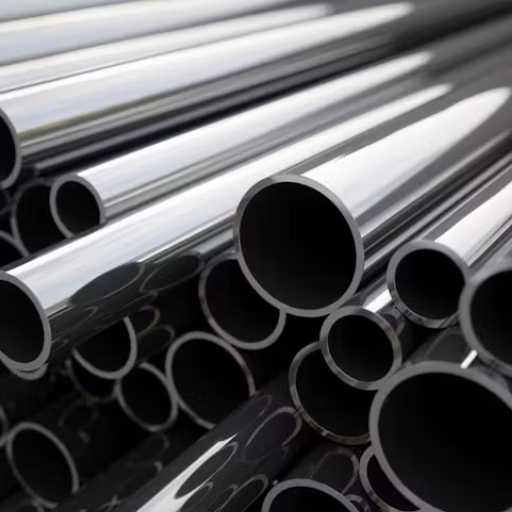
Stainless steel is an iron based alloy, mostly iron, carbon and more than 10.5% chromium based, making this steel both durable and low corrosion. It is because of the chromium content that a thin oxide layer is formed on top of the surface, which is how rusting is prevented and the durability of the metal is prolonged. Apart from this, depending upon the grade of stainless steel, there are numerous other elements such as nickel or manganese, or molybdenum which are essential for enhancing the steel’s strength or heat withstanding capacity or corrosion resisting capacity. Due to its multitude of uses and simplified looks, it is highly appreciated in the areas of architecture, cooking utensils, medical instruments etc.
Definition and Composition
Stainless steel boasts quite a number of properties, all of which contribute to significantly improving its application in various industries. The ability to resist rust thanks to the presence of chromium is arguably its most outstanding property. It also has an excellent strength-to-mass ratio, hence it can withstand forces without the material amount becoming unreasonable. If need be, however, depending on the grades, stainless steel can be over the curve with excellent ductility, explaining why it is easily formable but doesn’t easily collapse.
Specific alloying elements, such as molybdenum, which improve the steel’s resistance to chlorides, and nickel, which increases its strength and toughness at different levels of temperature, have been used to further improve sea water-resistant stainless steels. For instance, austenitic grades are known to be very efficient for extreme cryogenic conditions because they have their mechanical properties intact even at low temperatures. These features illustrate the lack of limitations to the application of this type of steel and therefore to workmanship that uses it in construction, energy and petrochemical sectors, automotive, aerospace, and medicine.
Types of Stainless Steel
|
Type |
Key Features |
Applications |
|---|---|---|
|
Austenitic |
High corrosion resistance, non-magnetic |
Food processing, cryogenic environments |
|
Ferritic |
Magnetic, good corrosion resistance |
Automotive parts, industrial equipment |
|
Martensitic |
High strength, moderate corrosion resistance |
Cutlery, surgical tools |
|
Duplex |
Mix of austenitic and ferritic properties |
Chemical processing, marine environments |
|
Precipitation-Hardened |
Excellent strength, corrosion resistance |
Aerospace, offshore oil rigs |
|
Low Carbon Grades |
Reduced risk of carbide precipitation |
Welded structures, chemical industries |
Nickel in Stainless Steel
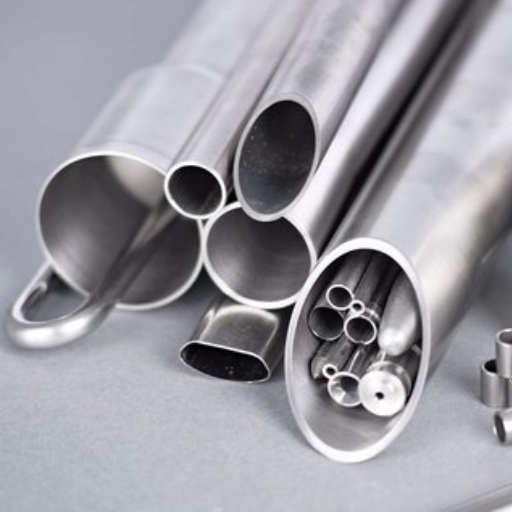
Stainless steel, in particular, is significant because Nickel enhances its corrosion resistance, flexibility, and toughness. Moreover, it is mostly used in the elements of austenitic steels, in which it is mild steel, which in this case is anodic, thus its austenitic structure is stabilized, allowing greater ease of forming as well as welding. Nickel also Decor Store resists acids and alkalis, so that such steels can be used for chemical, food and marine applications. Finally, it is worth mentioning that it is not only because of the high-temperature range but also because of the cryogenic range that makes it possible for thermal services to be carried out using nickel-containing stainless steels.
Role of Nickel in Stainless Steel
Nickel helps improve the corrosion resistance of stainless steel, especially in extreme and aggressive environments. Nickel also promotes the austenitic phase and prevents the magnetic properties, chlorides, sulfuric acid and other corrosive agents in stainless steel. For example, nickel-containing stainless steels such as Type 304 (18% chromium, 8% nickel) and Type 316 (16% chromium, 10% nickel, 2% molybdenum) fully resist pitting and crevices, especially in marine and industrial high-temperature environments. More so, the addition of nickel extends the components’ service life by producing a homogeneous, passive, robust protective film against oxidizing or chemical reactions of steel components by transforming iron oxides into many inoxes.
Due to appropriate proportions of nickel in the respective grades, stainless steel contains excellent attributes, together with high mechanical properties, including ductility and toughness, even in the most demanding cases. Such a prospect points to the conclusion that nickel-containing stainless steels are associated with many applications and are commonly used in desalination plants, pressure vessels or even medical implants owing to the excellent strength and stress corrosion cracking resistance that they possess.
Nickel Alloy and Its Properties
Nickel alloys have evolved over the years to manage extremely challenging environments, and their properties have made them extremely useful in a number of performance-enhanced facilities. These alloys are highly valued for their high resistance to oxidation and corrosion, particularly when exposed to high temperatures and/or corrosive chemical agents. For instance, those varying with some other alloys such as Hastelloy and Monel alloys are known to have outstanding strength and endurance, especially in aerospace, marine and chemical processing industries.
Types of Stainless Steel That Contain Nickel
1. Austenitic Stainless Steels
Austenitic stainless steels that are mostly used are like the ones that have nickel, series 300 examples 304 and 316. They normally have between 8% to 10.5% of nickel and this helps them be more corrosion resistant, more produceable and more thermo stabilized. One example is Type 316 that is used extensively in chemical processing plants because of its higher resistance to chloride environments.
2. Martensitic Stainless Steels
Martensitic grades that belong to the 400 series mostly have relatively less nickel when compared to austenic stainless steels which create additions of about 1-2 %. The reason these particular grades are extremely strong and hard is the addition of nickel, in amounts sufficient to be ideal in turbine performance components, in the manufacture of delinquents, and for medical device purposes such as surgical tools, among others.
3. Duplex Stainless Steels
Some duplex stainless steels, in other words, featuring both austenitic and ferritic phases, also have certain amounts of nickel, though moderate, from 1% to 7%. They provide excellent corrosion resistance, especially in saline and chlorine-rich environments, with better strength than austenitic grades.
4. Precipitation-Hardening Stainless Steels
Precipitation hardening stainless steels, where 17-4 PH is an example, use small amounts of nickel, which ranges between 3-5 Percent. These steels are designed to offer high wear resistance and strength in conjunction with corrosion resistance and are used in the manufacturing of aerospace components and high-performance engineering parts.
Nickel Content in Cookware
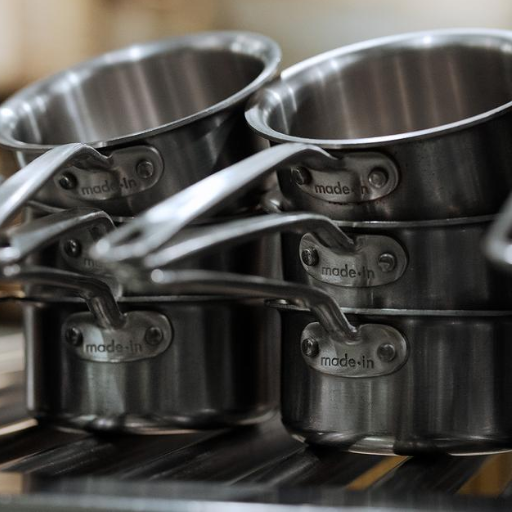
The content of nickel found in cookware will depend on which material is in the set. Not so many, but there are stainless steel cookware with nickel; used mainly in austenitic grades such as the 304 and 316 grades in order to increase the life span of the cookware. Or pots designated as “nickel free” will often use, for example, ferritic stainless steel, which has the merit of not having nickel in its structure. Although such essays are unreasonable, since nickel helps the kitchenware to last long, people sensitive to nickel can get, for example, a cast iron or ceramic pot, in order to be safe.
Stainless Steel Cookware and Health Concerns
Health risks often associated with stainless steel cookware are due to the concerns about the release of metals such as nickel, chromium or iron into the food during the cooking process. To what extent such leaching occurs depends on many factors: the type of stainless steel, how high the heat applied is, the time spent cooking, how acidic the food is, etc. Particularly for acidic foods, for example, tomato-based preparations or citrus-based food items, studies show that there is a higher tendency of the metals to leach from the cookware surface. Even though often the figures are considerably low, which is perfectly fine for most people, there are some groups of people who, for example, those prone to allergies such as nickel, might have a reaction even with low exposure.
The United States Food and Drug Administration and European Food Standards Agency, among other regulatory agencies, set limitations concerning stainless steel-containing utensils, which are generally safe for use in contact with food. Superior quality cookware for food application made of high-grade stainless steel is generally made according to these strict criteria. Furthermore, to avoid surprises, superior quality material should be used; however, a buyer may sometimes purchase stainless steel cookware of inferior quality or a fake, and this is against the basics of product safety.
Does Stainless Steel Cookware Leach Nickel?
Nickel is often added to stainless steels, especially austenitic and Ferritic steels used in kitchen wares for many reasons. Nickel tends to improve the knives and pans’ ability to withstand corrosion and maintains the stainless steel for longer periods as compared to other metallic components. Nevertheless, under normal use, the amount of nickel that is leached from stainless steel cookware is negligible, and this does not pose a serious health risk to most people. It has been found through various research activities that the extent of nickel’s leaching depends upon the type of stainless steel, time of cooking, temperature, and acidity of the food being cooked. For instance, when using stainless steel cookware, cooking for a longer period of time or using very acidic foods like tomatoes and lime may cause a slight increase in the nickel leached. Miguals who are easily affected with nickel or are allergic to it can use stainless steel grades that contain low levels of it like the 400 series or use other cookware vessels made of glass and ceramic ware. Recent research has identified that the presence of small amounts of nickel in stainless steel cookware over cooking time is safe for most users.
Nickel in Stainless Steel Jewelry
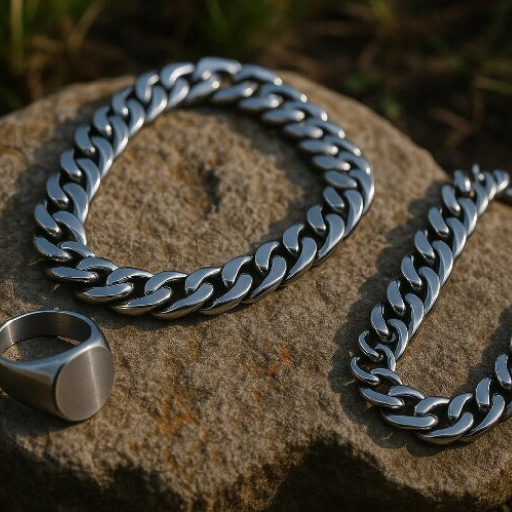
Stainless steel jewellery often contains nickel as part of its composition, typically in the 300 series grades, as it contributes to the durability and resistance to corrosion of the product. In the alloy, nickel usually stays in place and does not pose any irritation; this is true for most people. However, in such cases, people with an allergy to nickel can develop skin problems if the product releases a significant amount of nickel. The occurrence of nickel release would depend on variables such as the grade of steel, prolonged contact of the skin, and sweating or moisture. Hypoallergenic means, be it that lower nickel content stainless steel or other popular options such as titanium are preferred for the suitable individuals.
Understanding Nickel Release from Jewelry
Jewelry is known to release nickel most by corrosion, which is a process of metal reaction with moisture, sweat, and the natural skin environment variables of a person. This process is affected by such moisture and temperature environmental changes as well as the material composition prepared in the jewelry. Stainless steel with high nickel content, including series 304 and series 316, however, shows more progressive release under such environmental conditions, primarily in the presence of sweat, though the protective layer of chromium oxide has been compromised. It is known that ferritic stainless steel or titanium is among the skin contact materials that are of a skin-condition friendly nature, have no or minimal degree of progression or release of nickel.
Additionally, the presence of certain regulations like the EU Nickel Directive ensures that jewelry and other metal objects in common usage fall within the limits of nickel release permissible limit which is usually 0.5 microgram per centimeters squared of the surface per week for items that come in contact with skin for a long period of time. Such procedures include the Dimethylglyoxime (DMG) test, which measures the level of nickel release and assesses compliance with the specified requirements. Such findings also demonstrate the importance of materials used as they help in avoiding nickel sensitization, and t is advances in technology that ensure the safety of the customer.
Allergic Reactions and Sensitivities
Conclusion: Nickel in Stainless Steel
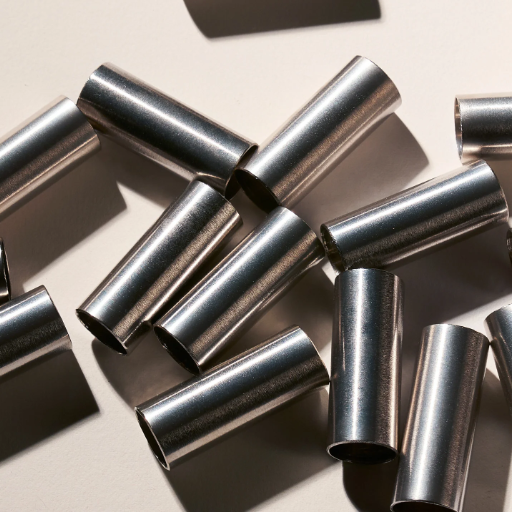
There are risks to health that result from various materials due to overexposure to them. For example, risks associated with nickel can be managed by following the necessary regulations regarding safety and also as a result of the advancement in the materials being used. These include not overexposing individuals and also adhering to the EU Nickel Directive, thereby reducing the cases of individuals experiencing the shortcomings. It is also essential for ensuring the public health’s well-being and as such, more inputs and research can be put to study in this area as a safeguard.
Summary of Nickel in Stainless Steel
Nickel is an element that is useful in the making of stainless steel, where it is added for the purpose of increasing the properties of surface hardness, malleability, and also strength. As much as 70% of all the nickel produced worldwide can be found in stainless steel due to its application in sectors such as architecture, automotive and medical devices. One such stainless steel is the grade 304, which has a huge demand in the market; the content of nickel falls within the range of 8-10.5% making it economical and appealing to the customers.
Apart from these achievements base on the use of nickel, environmental and health issues associated with its use also still exist. Relevant studies on the mechanisms of exposure have shown skin dermatitis and even allergies arising from the extended wear of high nickel content alloys despite the proper controls placed on nickel emissions. Further still, mining and smelting of nickel contribute greatly to the existing problem of environmental degradation due to reasons such as the contamination of sediments and the emission of harmful gases.
Final Thoughts on Safety and Usage
Nickel is still an essential component in many industrial and commercial products all over the world, although it should be handled with great care regarding its health and safety issues. There is an urgent need to tackle the increase of the oil and gas exposure scourge recently by adopting a new approach combining both improved material (alloy) and protective coatings, aiming at directly contacting standard high-nickel materials. Changes in nickel recycling systems and the greening of the mining industry are also being pursued as ways to reverse the effects of environmental burning, which is attributed to phenomena such as scraping and pollution.
These new perspectives and research approaches help in identifying the properties of nickel, its use, the avoidance of unsafe substitutes, and also appropriate regulations covering it. Therefore, embracing the risk management strategies in nickel-involved industries becomes an obligation if balance is to be maintained in combination with the existing level of functionality. Sustaining the usefulness of nickel while ensuring safety to human health and the environment entails meeting this pragmatic compromise.
Reference Sources
-
Prevalence of nickel allergy in Europe following the EU Nickel Directive–a review
This paper reviews the prevalence of nickel allergy in European countries, focusing on the impact of the EU Nickel Directive. -
Nickel allergy and allergic contact dermatitis: A clinical review of immunology, epidemiology, exposure, and treatment
A comprehensive review of nickel allergy, covering its immunology, epidemiology, exposure risks, and treatment options. -
Relationship between nickel allergy and diet
This study explores the connection between nickel allergy and dietary factors, highlighting its chronic nature and gender differences in prevalence.
Frequently Asked Questions (FAQs)
Q: Is There Nickel in Stainless Steel?
A: Stainless steel typically contains nickel, especially in grades like 304 and 316, which are commonly used for their corrosion resistance and durability. The amount of nickel present can vary, but these austenitic stainless steels generally have a higher nickel content compared to ferritic stainless steels. Individuals concerned about nickel exposure should be aware that while stainless steel does leach small amounts of nickel, it is usually in quantities that do not pose a significant risk to most people.
Q: Do Nickel-Free Stainless Steel Options Exist?
A: Yes, there are nickel-free stainless steel options available, particularly in ferritic stainless steels. These grades do not contain nickel and are suitable for individuals who are sensitive to nickel or have nickel allergies. Low-sulfur stainless steel grades, like certain types of 430 stainless steel, are also available for those looking to avoid nickel exposure. However, it’s important to note that while nickel-free options exist, they may not offer the same level of corrosion resistance as their nickel-containing counterparts.
Q: How Does Nickel Leaching Occur in Stainless Steel?
A: Nickel leaching can occur from stainless steel when it is exposed to acidic or chloride-containing environments. This process involves the gradual release of nickel ions into the surrounding environment, which can be a concern for individuals who are allergic to nickel. While most stainless steels leach only small amounts of nickel, certain conditions can increase this release. It is essential for sensitive individuals to be mindful of their exposure to nickel and consider using surgical stainless steel or nickel-free stainless steel products to minimize any potential allergic reactions.
Q: Can Individuals Allergic to Nickel Use Stainless Steel?
A: Individuals allergic to nickel may experience allergic contact dermatitis when they come into contact with nickel-containing stainless steels. While many stainless steel products, such as those made from 304 and 316 grades, are generally safe for the majority of the population, those with a sensitivity to nickel should exercise caution. Nickel can cause allergic reactions, particularly in products that make prolonged contact with the skin. For those who are sensitive, using nickel-free stainless steel or surgical stainless steel can be a safer alternative.
Q: What Are the Corrosion Resistance Properties of Stainless Steel?
A: Stainless steel is well-known for its excellent corrosion resistance, which is largely attributed to the presence of chromium. The chromium content forms a passive layer of chromium oxide on the surface, which protects the metal from rust and corrosion. However, the corrosion resistance can be affected by the nickel content and the specific stainless steel grade used. For example, 304 stainless steel offers good resistance to corrosion in many environments, while 316 stainless steel provides enhanced protection in harsher conditions due to its higher nickel and molybdenum content.

